Early in the morning of July 21, in the coastal communes of Nghe An , due to the impact of storm No. 3, it started to rain heavily, the atmosphere of preparing to respond to storm Wipha became more urgent than ever. Men hurried together to pull rafts and small boats up high. With the support of tractors, ropes, and support poles, hundreds of rafts were brought to open land near the shore, away from the influence of big waves and high tides.
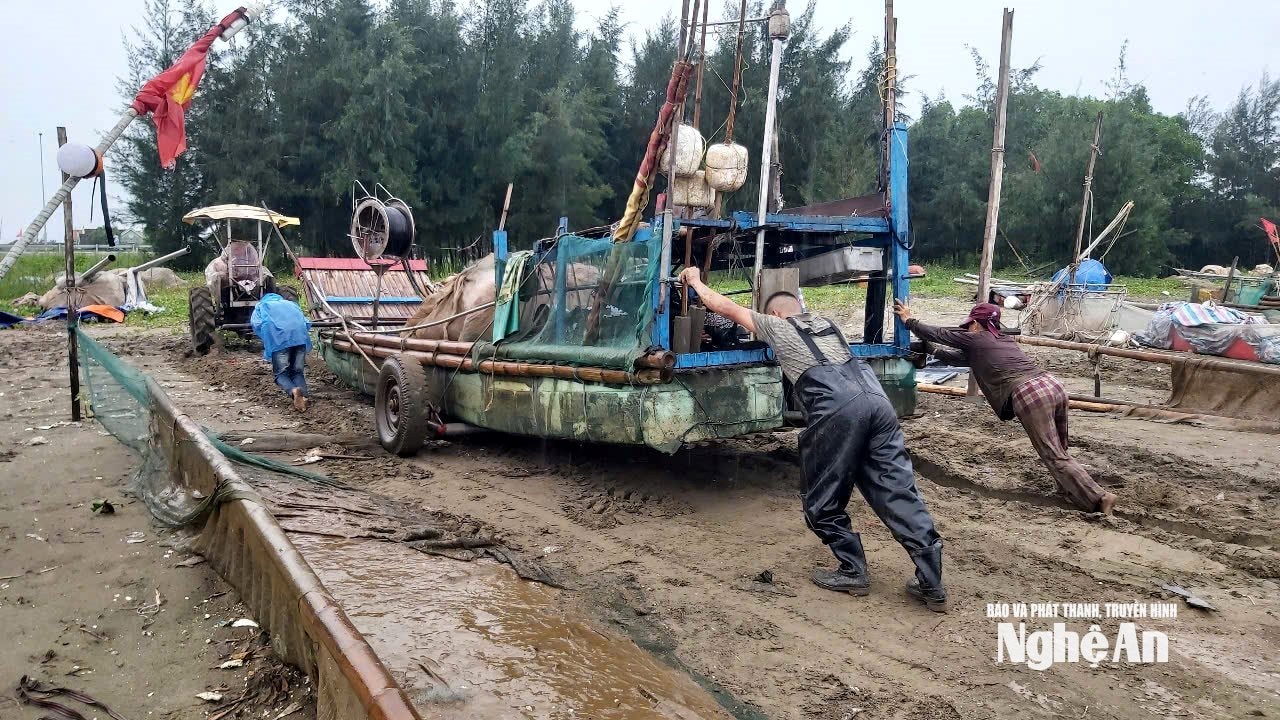
Mr. Pham Van Lap, a fisherman in Hai Chau commune (former Dien Chau district), shared: “When hearing that a strong storm could make landfall, the whole fishing village gathered together to pull their rafts ashore to avoid being broken by the waves. Each raft, along with fishing equipment and fishing gear, worth more than 100 million VND, is a means of making a living, so we have to find every way to protect it.”
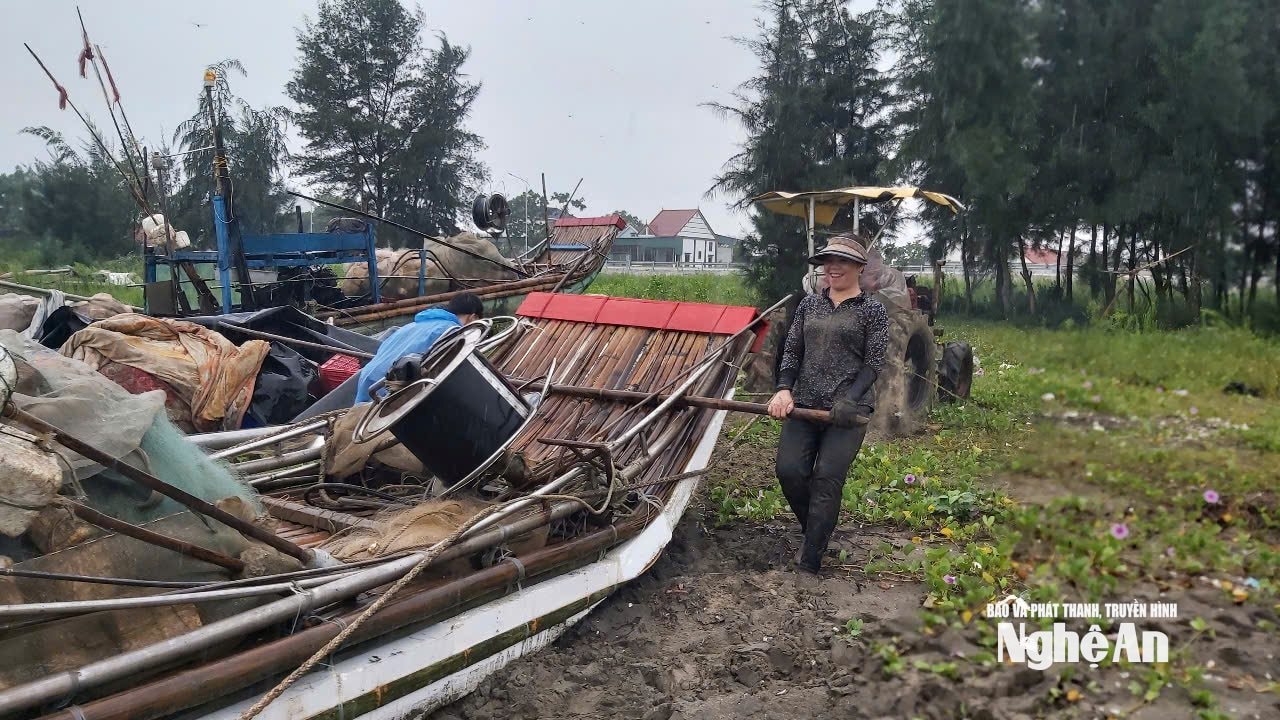
Along the coast of Dien Chau commune, dozens of small vehicles such as bamboo boats and bamboo rafts were also brought ashore. Many households also used sandbags and chains to reinforce rafts, and removed dirty machinery and equipment to bring home to avoid being swept away by the wind. The atmosphere of "running from the storm" was bustling but full of calculation and experience accumulated over many years of living with the sea.
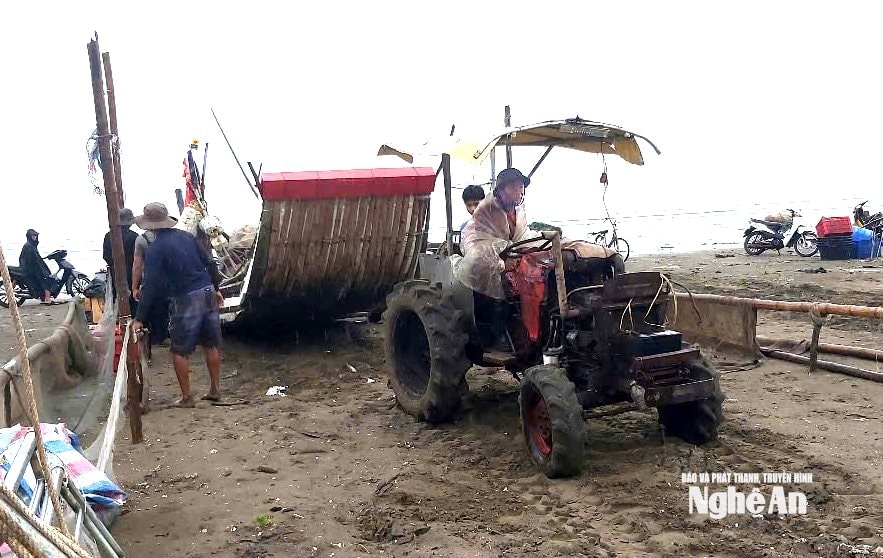
Mr. Nguyen Van Minh, a fisherman in Dien Chau commune, said that although the raft fishing is close to shore, people have stopped going to sea the day before to avoid sudden big waves. Pulling the raft up to the beach, far from the edge of the sea, previously required the help of human resources, but now hiring a tractor is less difficult and faster, but still requires human strength to lift the bow of the raft off the ground so that the machine can pull it up.
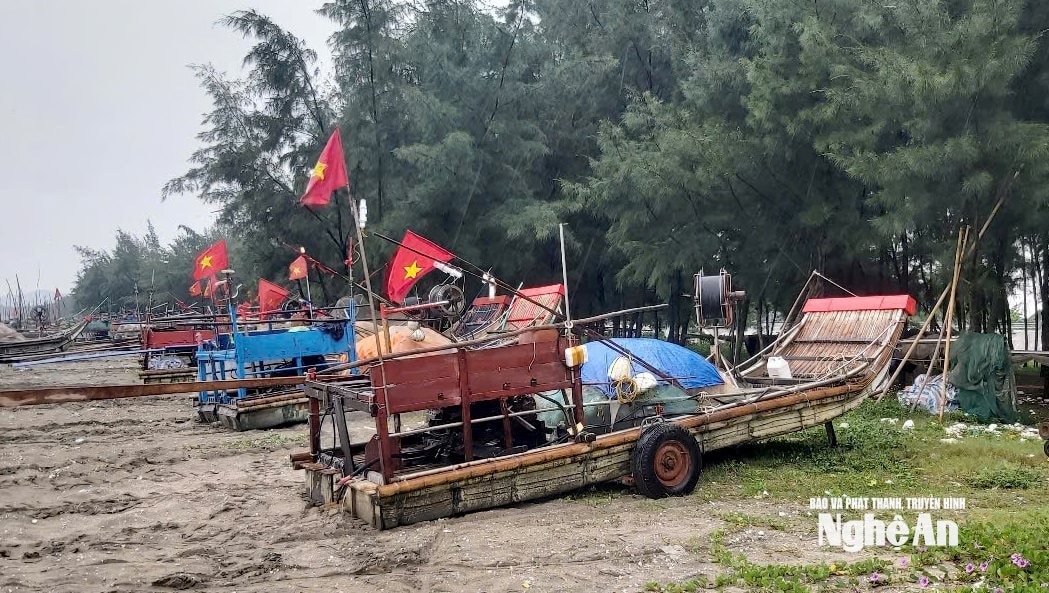
According to statistics, the whole old Dien Chau district has more than 300 rafts, in addition, some communes of Quynh Luu district and the old Hoang Mai town also use rafts for fishing. At this time, fishermen are urgently mobilizing human and machine power to pull rafts ashore to avoid the storm.
Not only worrying about transportation, people in coastal areas also urgently tied down their houses, packed up their belongings, and moved items that could be blown away by the wind. With the motto of “4 on-site”, localities have fully prepared plans to evacuate people in high-risk areas, weak houses, houses along rivers and seas.
Mr. Nguyen Trong Huyen - Chairman of Hai Chau Commune People's Committee said: "We ask people in coastal areas to check all boats, especially fishing rafts near the shore to ensure no one is left offshore. Pulling rafts ashore is also part of the disaster response scenario."
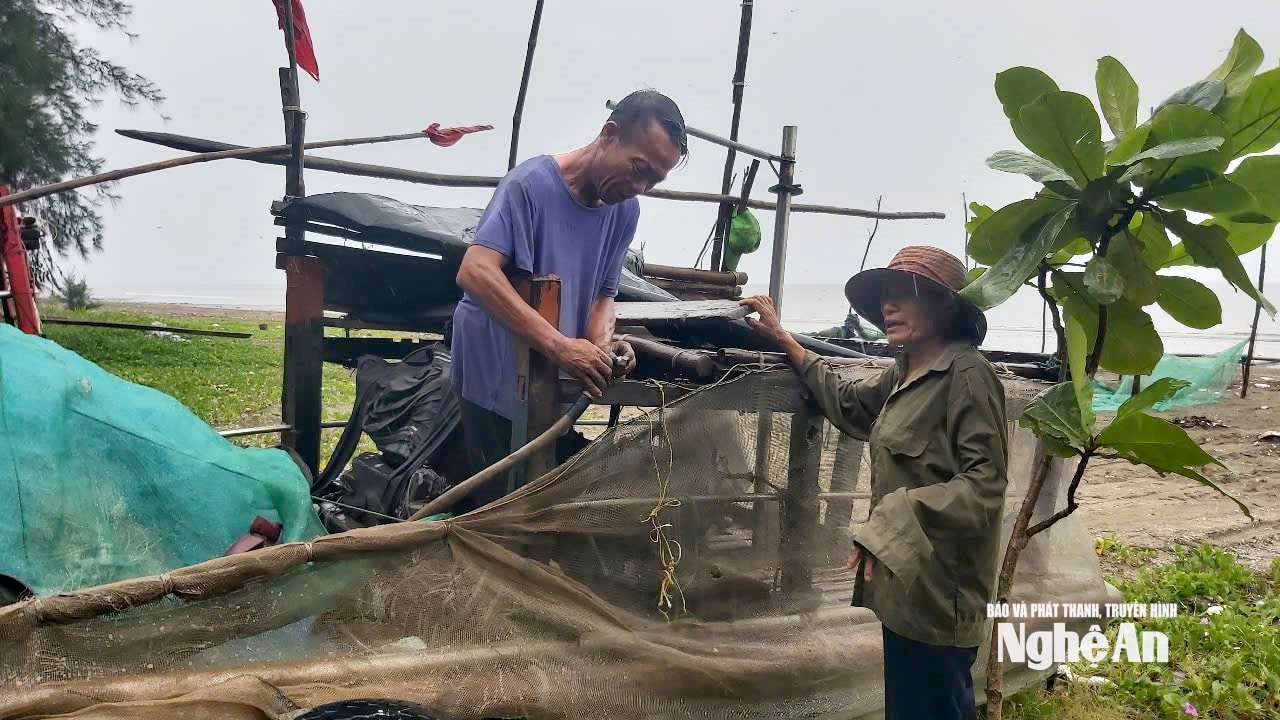
When all the rafts were safely on the shore, people were somewhat reassured to return home. Although it was not yet known how much damage the storm would cause, the proactive and prompt prevention helped to significantly limit the risks.
The National Center for Hydrometeorology said: At 7:00 a.m. on July 21, the center of the storm was located at about 21.3 degrees North latitude; 109.9 degrees East longitude, in the area north of Leizhou peninsula (China), about 220km east of Quang Ninh - Hai Phong . The strongest wind near the center of the storm was level 9 (75-88km/h), gusting to level 11; moving in the West Southwest direction at a speed of 15-20km/h.
Forecast, on the afternoon of July 21, the storm will enter the Gulf of Tonkin with intensity of level 10-11, gusting to level 14. It will make landfall in the North, reaching Nghe An on July 22.
Source: https://baonghean.vn/ngu-dan-nghe-an-cap-tap-keo-be-mang-len-bo-tranh-bao-so-3-10302763.html


![[Photo] The road connecting Dong Nai with Ho Chi Minh City is still unfinished after 5 years of construction.](https://vphoto.vietnam.vn/thumb/1200x675/vietnam/resource/IMAGE/2025/11/04/1762241675985_ndo_br_dji-20251104104418-0635-d-resize-1295-jpg.webp)

![[Photo] Panorama of the Patriotic Emulation Congress of Nhan Dan Newspaper for the period 2025-2030](https://vphoto.vietnam.vn/thumb/1200x675/vietnam/resource/IMAGE/2025/11/04/1762252775462_ndo_br_dhthiduayeuncbaond-6125-jpg.webp)

![[Photo] Ca Mau "struggling" to cope with the highest tide of the year, forecast to exceed alert level 3](https://vphoto.vietnam.vn/thumb/1200x675/vietnam/resource/IMAGE/2025/11/04/1762235371445_ndo_br_trieu-cuong-2-6486-jpg.webp)
![[Photo] Ho Chi Minh City Youth Take Action for a Cleaner Environment](https://vphoto.vietnam.vn/thumb/1200x675/vietnam/resource/IMAGE/2025/11/04/1762233574890_550816358-1108586934787014-6430522970717297480-n-1-jpg.webp)
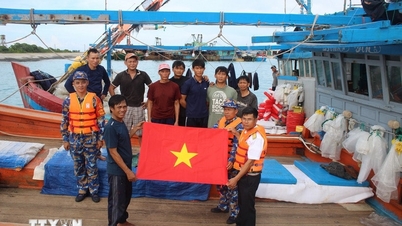

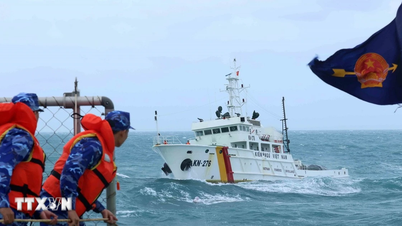







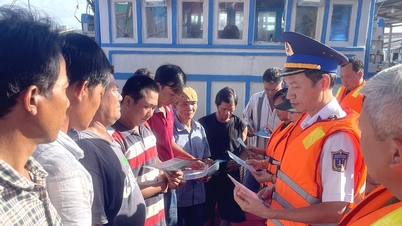


















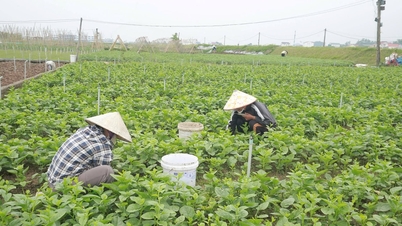










































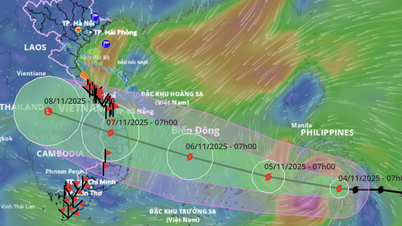









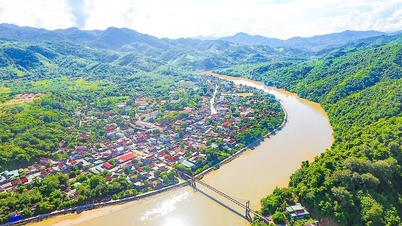

















Comment (0)